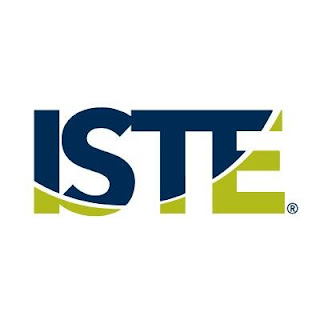The ISTE Standards have been a driving force since the 90s. These standards have been developed for students, teachers, administrators, coaches, and computer science teachers.
Every 9 or 10 years, the ISTE Standards are Refreshed. This means that a team of ISTE leading educators review the present set of standards and evaluate how well they are still addressing the knowledge, skills, and dispositions that our present students need to flourish in our technology-driven world. This team asks for input from educators the world over. Using these ideas, they create a new version of the standards and then release them in “draft form.” Educators around the world are asked for feedback and to hold discussions with their peers about the proposed standards. Based upon this input, they finalize the standards and then release them at the June ISTE conference.
ISTE Standards for Students
They don’t do them all at the standards in the same year. In fact, they work on one per year. This year they released the ISTE Standards for Students 2016. While it was evident that the ISTE Standards for Students 2007 were greatly influenced by Bloom’s Taxonomy of Higher Order Thinking Skills, the 2016 Standards are based upon students assuming causative roles in the world.
The 2016 Standards for Students challenge students to assume the roles of Empower Learners, Digital Citizens, Knowledge Constructors, Innovative Designers, Computational Thinkers, Creative Communicators and Global Collaborators. You will notice that there are 7 overall standards instead of the 6 standards in the 2007 set.
Is this just a repackaging of the previous standards? I don’t think so. This model was created to place the students in the center of the learning expectations. It is all thoroughly encapsulated in this graphic from the ISTE website.
ISTE Standards for Teachers 2017
- The Empowered Educator is a Learner, Leader, and Citizen. These three standards are designed to encourage educators to develop themselves professionally. They embrace the need for continuous learning as well as the teacher’s leadership role in transforming learning with technology.
- The Learning Catalyst is a Collaborator, Designer, Facilitator, and Analyst. These standards provide direction in more of a classroom environment. They foster the need for working collaboratively as an educator to Design, Facilitate and Analyze their students’ learning.
Provide Your Own Input for these Standards
Get Your Colleagues Involved.
Another option is to get a group of your colleagues together to discuss the new standards and provide your group’s feedback. You can create your own group discussions by downloading the Refresh ISTE Standards for Teachers Forum Toolkit. Download it and discuss your future opportunities.
Leave a comment and keep the discussion going.



